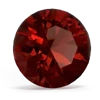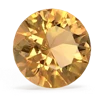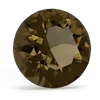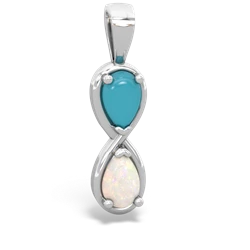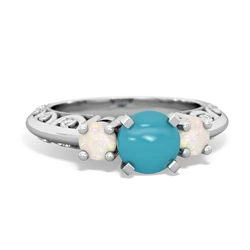

- 6 x 4 mm Pear
- 0.80 total carats (0.40 x 2)
- AA Quality
- opaque
- Origin:


- 6 x 4 mm Pear
- 0.80 total carats (0.40 x 2)
- AA Quality
- opaque
- Origin: Australia

